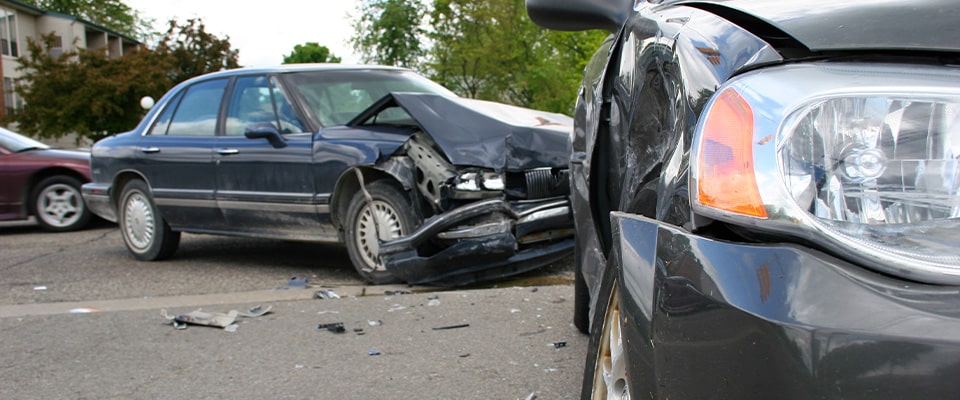What To Do In A Car Accident? – Indianapolis Driver’s Free Checklist
Last updated Monday, November 4th, 2024

Bad drivers are everywhere, and accidents happen every day. Car accidents are very traumatic, and it is hard to think clearly at a time when you most need to be thinking clearly. The following Indianapolis Driver’s Checklist contains the basic steps that you should take in order to ensure that the situation is under control and that no one else is injured or killed.
So, if you are struggling with medical bills resulting from an accident you had on the streets of Indianapolis, the lawyers at Isaacs & Isaacs are waiting to talk to you about getting the compensation you are entitled to.
The most important thing you can do is stay calm and don’t panic.
The team of attorneys at Isaacs & Isaacs has put together this Indianapolis Driver’s Checklist so that you can know exactly what to do if an accident happens.
Step 1: Check if There Are Any Injuries
If someone has been hurt, check to see if they are bleeding, unconscious, or have other serious injuries. If you suspect that anyone has been seriously hurt, call 911 immediately.
Step 2: Call the Police
They will need information about the accident, including the location, date, time, weather conditions, and driver’s license numbers. Stay at the scene until the police arrive.
If there is no one else around, call 911 on your cell phone or use an automated roadside assistance service if available. Follow the instructions of the police officer.
Step 3: Make Sure the Vehicles Are Clear of Traffic if Possible
Check for people who may have been hit by another vehicle. If it is safe to do so, you should also make sure that all cars are out of the way so that emergency services can get to the scene as quickly as possible.
If there is ANY question of safety, do not move any vehicles or other objects. This could cause further damage to them or others. Do not touch anything inside the damaged vehicle. It might contain dangerous materials such as gas or oil.
Step 4: Get the Other Party’s Information
Your insurance company will want to contact the other party’s insurance company. You should exchange insurance and contact information with the other driver.
Step 5: Collect Any Potential Evidence
Take photos of the accident scene. These pictures can help with insurance claims and court cases. You can also use these images to document the condition of the vehicles involved in the collision. If there are any witnesses to the accident, make sure to get their contact information.
Step 6: Don’t Say Anything
Don’t talk to the other driver or police unless he or she asks you questions. Make sure you answer any necessary questions as concisely as possible.
Remember that anything you say could be used against you in a lawsuit. Be careful.
Step 7: Document What Happened
Write down everything you remember about the accident. Include the names of everyone involved, the type of vehicle involved, and the direction each vehicle was traveling. Take notes while talking to the police or witness.
It is important to write all of the information down while it is still fresh in your mind. Be as detailed as possible.
Step 8: Contact Your Insurance Company
Contact your insurance agent RIGHT AWAY. They will need to know how much damage occurred to your vehicle. Your insurance company will pay for repairs to your vehicle depending on the coverage you availed. Keep copies of all correspondence between yourself and your insurance company.
Step 9: Contact the DMV
The Department of Motor Vehicles (DMV) will need to know when the accident took place and where it occurred. The DMV will also require proof that you were insured at the time of the accident.
Step 10: Keep All Documents Organized
Keep all documentation related to the accident in one folder. This includes photographs, statements from witnesses, medical records, bills, receipts, etc. Make sure this folder is easily accessible and well organized.
Step 11: Hire a Lawyer
You may decide to hire a personal injury attorney to represent you in a lawsuit. A good lawyer will be able to negotiate a settlement with the other driver’s insurance company based on the severity of your injuries.
Even the quietest streets still have accidents.
So, if you ever have an accident on the streets of Indianapolis and need a lawyer’s help, the law firm of Isaacs & Isaacs is here for you.











